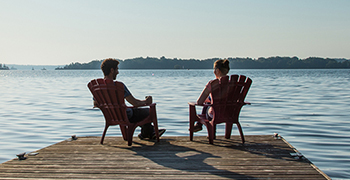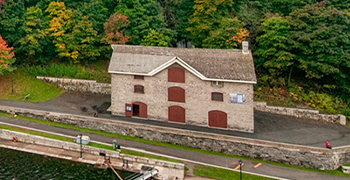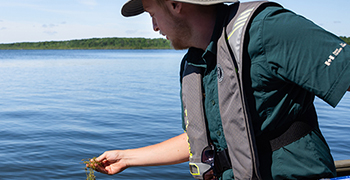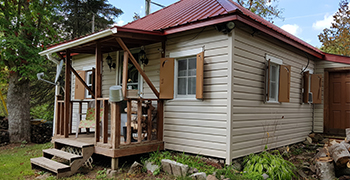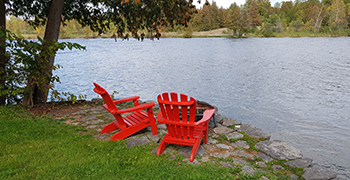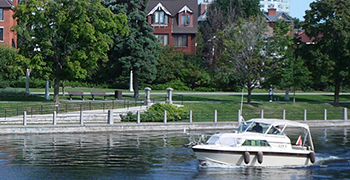
Real property, occupation and development
Rideau Canal National Historic Site
The Rideau Canal is a recreational paradise, attracting visitors from around the world to explore its 202 km length, 24 lockstations and surrounding communities. Designated as a National Historic Site, a Canadian Heritage River and a UNESCO World Heritage Site, the waterway crosses a varied landscape, changing from the vibrant urban centres of Ottawa and Kingston, to farmland, small towns, cottage country and rugged wilderness.
Rideau Canal lands include the beds of the lakes, rivers and canal cuts, as well as lockstations, various islands and other upland properties. These lands were acquired for canal construction and are now primarily used for navigaton and water management purposes, for natural and cultural resource protection, for public education and for a wide variety of visitor experiences on the Rideau Canal. Certain lands are licenced or leased for municipal, commercial or private use. Policies and guidelines ensure that all such uses respect both cultural and natural values, and provide those wishing to use the lands with the conditions under which their use is permitted.
The environmental health of the Rideau Canal is also affected by activities on lands adjacent to the canal which are owned and managed by private and public landowners. These adjacent landowners are encouraged to share Parks Canada’s principles for developing and managing in a sustainable manner, in order to protect the Rideau Canal’s cultural and natural resources for future generations. Managing and protecting the canal is a shared responsibility between Parks Canada and these neighbours. Municipalities play a lead role in protecting shorelines through official plans and zoning by-laws.
- Date modified :
